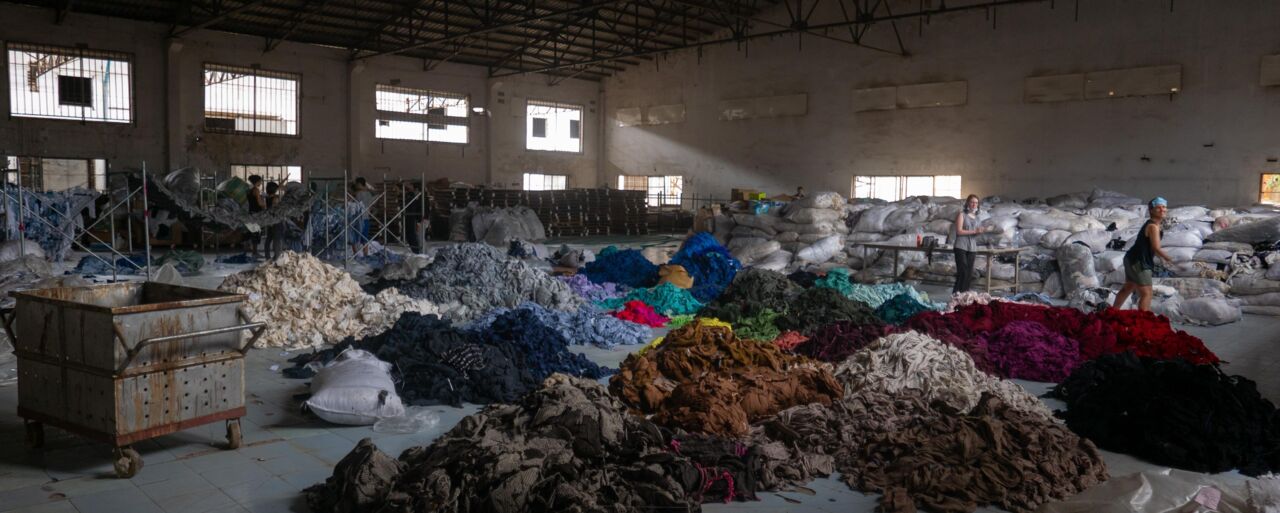The project is based on a collaborative, interactive research approach between researchers from Linköping University (LiU), Swedish School of Textiles (THS), and the global fashion retailer H&M. H&M here offers an interesting, information rich case as one of the major global players in the textile industry, with ambitions, power and position to play the role as an “orchestrator” of logistics resources and capabilities present in the circular ecosystem.
Organised into four work packages, the project sets out to (1) map H&M’s extended circular ecosystem in terms of stakeholders as well as material flows, (2) explore how logistics resources are orchestrated, (3) categorise the values created by these resources, and (4) develop practitioner-oriented guidelines for the future logistics resource orchestration. Overall, this study emphasizes the role of logistics at a systemic, ecosystem level, which has so far gained little attention in contrast to e.g. recycling technologies or
circular business models.



